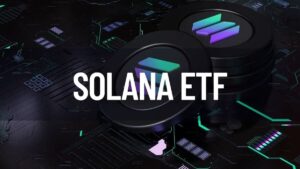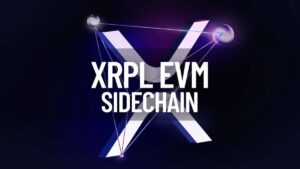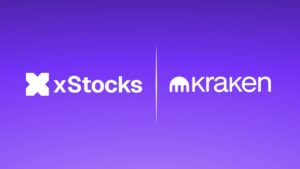The Chief Digital Officer of Mastercard, Jorn Lambert, recently expressed his belief that tokenization, enabled by blockchain technology, holds immense potential for revolutionizing various sectors, including cross-border payments, trade, finance, insurance, and capital markets.
However, to achieve mainstream adoption, Lambert contends that tokenization needs to embrace financially regulated applications and “central bank-backed money.”
Speaking in an interview with PYMNTS, Lambert emphasized that for blockchain technology to unlock its true value and widespread benefits, it must facilitate the development of financially regulated applications on the blockchain.
“Until there exists the ability to actually develop financially-regulated applications on the blockchain, the benefits will never go mainstream,” Lambert told PYMNTS.
This requirement is crucial to building trust in the system and bridging the “huge trust deficit” currently observed in the crypto space, according to him.
Additionally, the MasterCard executive highlights the concept of programmable money enabled by blockchain technology, which allows for tokenization and programmability in transactions. This means that conditions can be embedded in transactions, enabling if-then logic in payments. He envisions a future where money and payments are governed by programmable logic, offering significant value to various industries.
TradFi: The Answer to Scalability and Trust
Lambert pointed out that the world economy heavily relies on “commercial bank money.” He believes that for tokenization to have a meaningful impact, traditional financial institutions (TradFi) need to participate actively in the blockchain ecosystem. By bringing regulated financial assets and central bank-backed money onto the blockchain, scalability and trust can be significantly enhanced.

Furthermore, Lambert believes that restoring trust in the crypto space is crucial as it involves people’s money and livelihood. By creating a safe and transparent environment, where financial institutions, fintech developers, academia, and central banks can collaborate, real-life solutions can be developed to drive blockchain adoption.
While central bank digital currencies (CBDCs) have gained attention, Jorn Lambert is skeptical about their potential to solve the adoption and trust problem due to their limited geographical scope.
Mastercard’s Vision: The Multi-Token Network (MTN)
Mastercard is actively working on its Multi-Token Network (MTN), an innovative digital asset “app store” ecosystem that aims to provide foundational capabilities for secure, scalable, and interoperable transactions within the blockchain ecosystem. However, Jorn Lambert envisions the MTN as a platform where different blockchains can interact and disputes can be resolved transparently.












